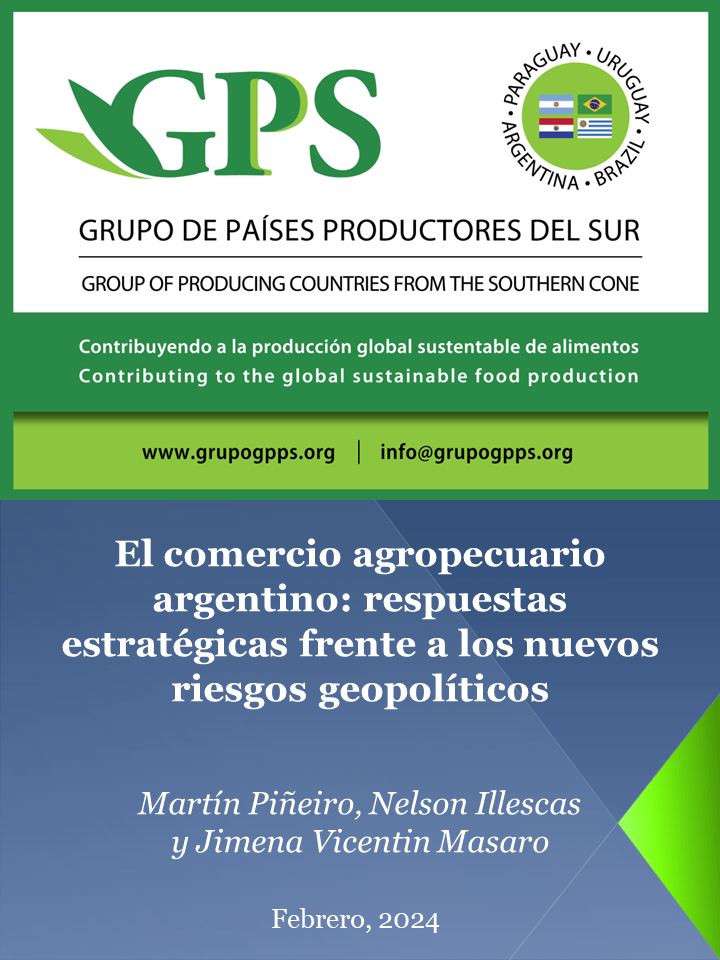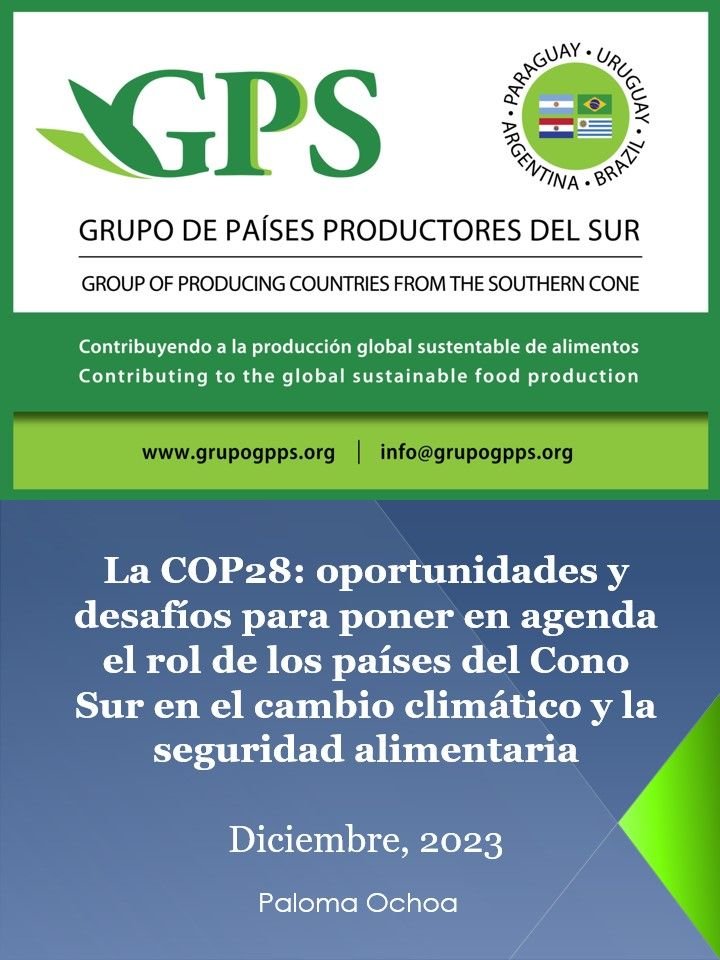Ricard MF, Viglizzo EF (2020).
Improving carbon sequestration estimation through accounting carbon stored in grassland soil Method-X. Editorial Elsevier Based on international guidelines, the elaboration of national carbon (C) budgets in many countries has tended to set aside the capacity of grazing lands to sequester C as soil organic carbon (SOC). A widely applied simple method assumes a steady state for SOC stocks in grasslands and a long-term equilibrium between annual C gains and losses. This article presents a theoretical method based on the annual conversion of belowground biomass into SOC to include the capacity of grazing-land soils to sequester C in greenhouse gases (GHG) calculations. Average figures from both methods can be combined with land-use/land-cover data to reassess the net C sequestration of the rural sector from a country. The results of said method were validated with empirical values based on peer-reviewed literature that provided annual data on SOC sequestration. This methodology offers important differences over pre-existing GHG landscape approach calculation methods: – improves the estimation about the capacity of grazing-land soils to sequester C assuming these lands are not in a steady state and - counts C gains when considering that grazing lands are managed at low livestock densities.
Full article can be downloaded from Elsevier site



